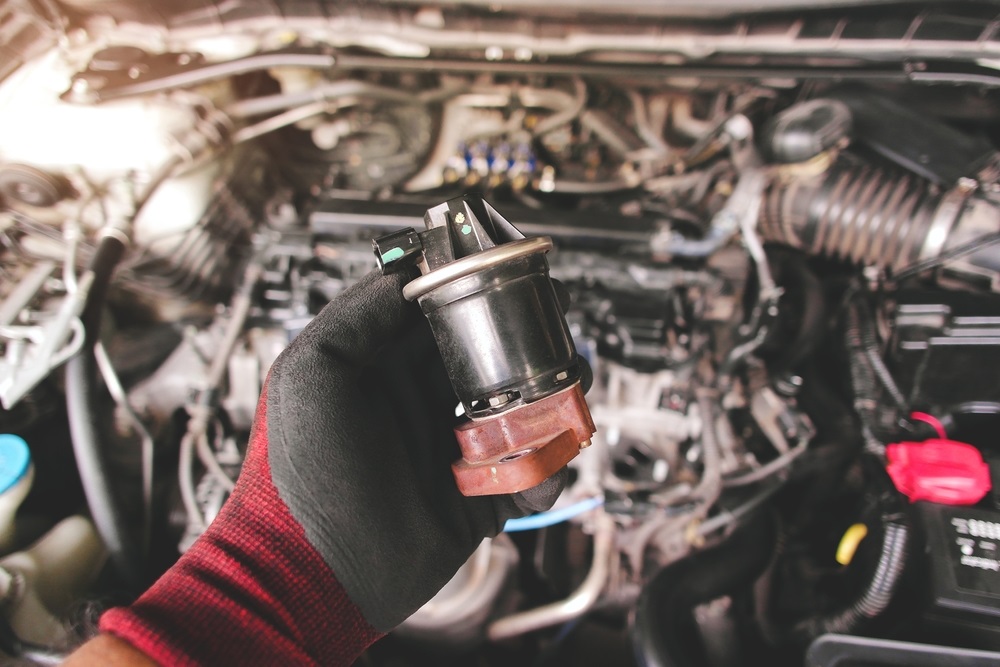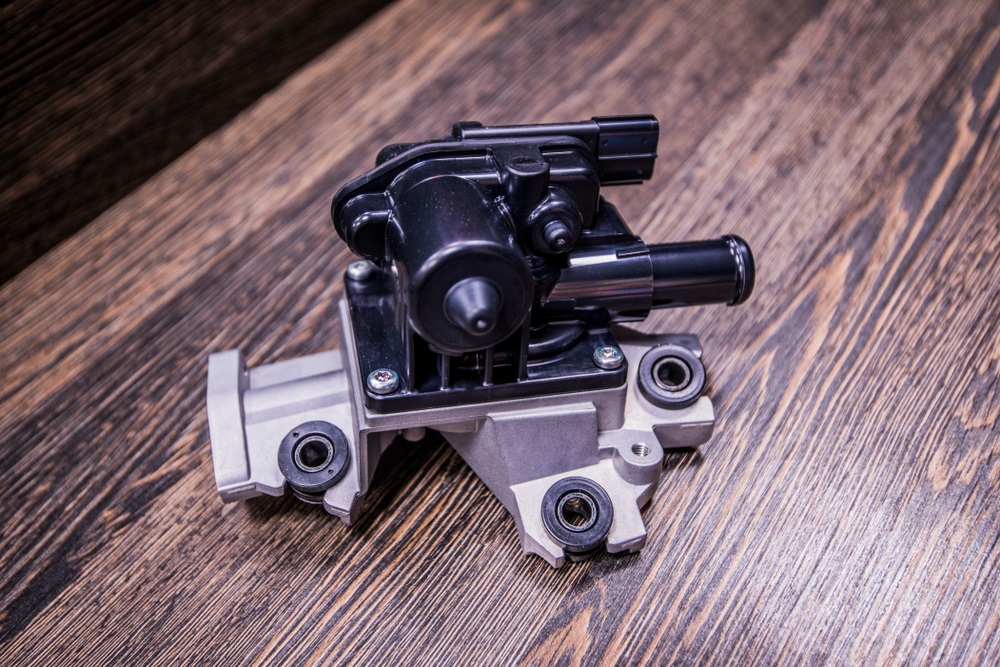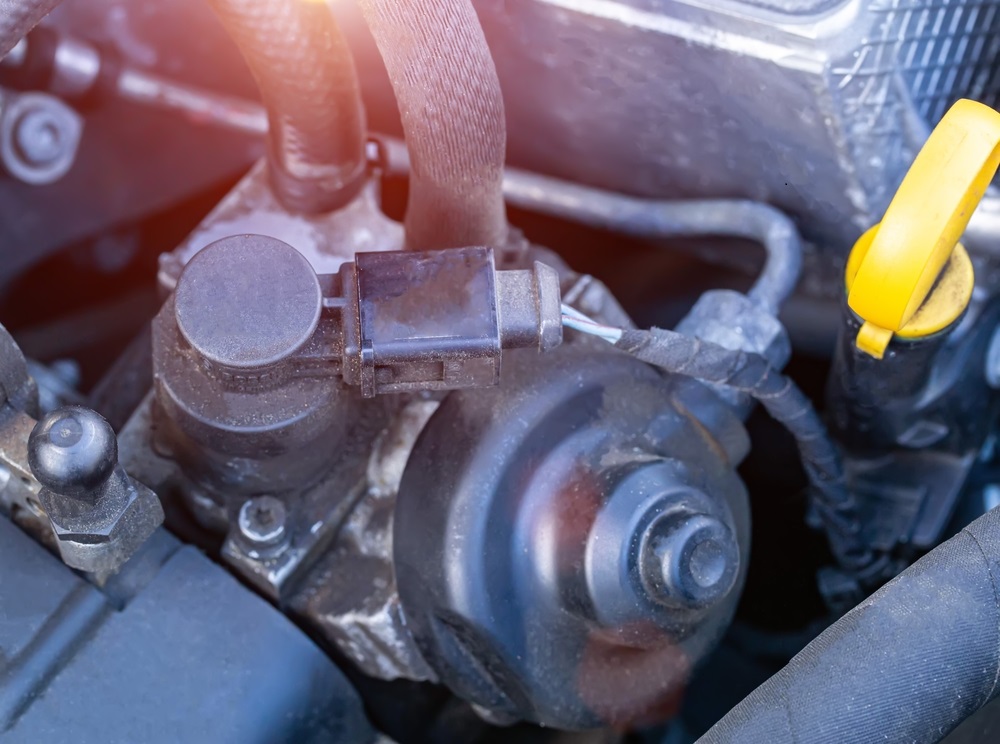
These pollutants were so prevalent that this smoke was thought necessary for the engine to run. However, as our knowledge about emissions and their impact on air quality improved, technology followed suit to reduce harmful automobile emissions. EGR and SCR are the two most regularly used technologies.
To learn more about them and how they work and the difference between EGR vs SCR, keep reading this comprehensive guide from Azure Chemical.
Contents
Significance of Emissions Reduction
Reducing emissions is important for environmental and regulatory reasons.
For instance, automakers are required to adhere to pollution guidelines imposed by the Environmental Protection Agency (EPA). The amount of pollution an automobile emits onto the road (g/mi), as assessed by its exhaust emissions, is what sets these requirements.
If your vehicle does not meet these requirements, you may have to pay fines or even face imprisonment.
Brief Overview of EGR and SCR Systems
EGR systems are used in diesel engines, while SCR systems are used in gasoline engines. Both EGR and SCR systems can reduce NOx emissions. However, they do so through different mechanisms.
EGR systems recirculate exhaust gases into the intake manifold after being cooled by passing through a heat exchanger that cools down incoming air from outside the engine compartment.
This reduces combustion temperature and pressure and improves fuel economy by reducing pressure swings within cylinders during combustion events (i.e., piston acceleration).
These reductions make it easier for unburned hydrocarbons (HC) to combust completely, leading to lower CO emissions from incompletely burning HC molecules.
Exhaust Gas Recirculation (EGR)
Exhaust gas recirculation (EGR) is a method of reducing NOx emissions in diesel engines. EGR works by diverting some of the exhaust gas back into the cylinder, mixing it with fresh air, and burning it.

This dilutes the amount of oxygen available for combustion, which lowers temperatures and reduces NOx production.
EGR components include:
- A passage through which hot gases can be re-injected into an engine’s cylinders (exhaust manifold).
- Valves that allow high pressure from heated-up exhaust gases to enter into a low-pressure area inside each cylinder during intake stroke.
- A sensor that measures temperature so that appropriate amounts can be injected based on operating conditions such as load or speed
Selective Catalytic Reduction (SCR)
A technique called selective catalytic reduction, or SCR, lowers the quantity of nitrogen oxides (NOx) released by diesel engines.

It works by injecting a urea-based solution into the exhaust gas stream before it exits the engine, where it reacts with NOx and water vapor to create ammonia.
The ammonia then condenses into liquid form, which can be collected and recycled into an SCR system or disposed of safely as waste.
In addition to reducing NOx emissions, SCR systems produce less particulate matter than non-catalytic reduction systems like EGR because they do not recirculate exhaust gases through an engine’s cylinders–they only convert harmful emissions into harmless ones after they leave the combustion chamber.
This makes them more efficient than other methods of reducing NOx levels while allowing manufacturers to meet stricter regulatory requirements without sacrificing power output or fuel economy ratings on their vehicles’ engines.
Comparative Analysis: EGR vs SCR
The emission reduction approaches of EGR vs SCR are very similar. The main difference is that SCR uses a chemical process to convert NOx into harmless nitrogen and water vapor.

In contrast, EGR uses thermal processes such as heat recovery from exhaust gases to reduce the amount of CO2 in the engine’s exhaust gas stream.
The efficiency and effectiveness comparison reveals that both systems have comparable efficiency rates, with SCR performing slightly better than EGR under certain conditions (at higher loads).
However, EGR has been proven more effective than SCR at reducing particulate matter emissions because it can operate without additional hardware or fuel modifications when paired with diesel engines equipped with DPF.
Impact of Driving Patterns on EGR and SCR Efficiency
EGR and SCR systems are not equally efficient. Driving patterns affect the efficiency of EGR vs SCR systems, as aggressive driving can reduce the efficiency of these technologies.
More frequent acceleration and deceleration will result in higher levels of nitrogen oxides (NOx) emitted from your vehicle’s tailpipe.
For example, if you drive your car hard for 30 minutes at high speed on the highway and then idle for 15 minutes in traffic before accelerating again–this would be considered an aggressive driving pattern because it involves frequent acceleration/deceleration cycles that increase NOx emissions from vehicles equipped with selective catalytic reduction technology (SCR).
Engine Performance and Longevity
EGR is a more efficient emissions control system because it uses exhaust gas to reduce hydrocarbons in the combustion chamber. This means less fuel needs to be burned, reducing emissions and increasing engine efficiency.
SCR, on the other hand, does not have a direct impact on engine performance or longevity. Although this technology can help reduce NOx emissions by up to 90%, it requires additional hardware, such as catalyst injectors and diesel particulate filters (DPFs).
These components add weight and complexity to an engine system that was designed without them in mind; they also increase maintenance costs while decreasing reliability over time due to increased wear and tear caused by frequent use of these systems during regular driving conditions.
Environmental and Regulatory Aspects
Regarding meeting emission standards, both EGR and SCR systems are equally effective. Both technologies can reduce particulate matter (PM), hydrocarbon emissions (HC), unburned hydrocarbon emissions (UHC), benzene emissions, and carbon monoxide emissions significantly. The main difference is that SCR requires an additional component that reduces sulfur dioxide emissions from diesel vehicles.
FAQs
What is EGR and SCR?
EGR (Exhaust Gas Recirculation):
EGR is an emission control technology that reduces nitrogen oxide (NOx) emissions in internal combustion engines. It works by recirculating a portion of exhaust gas back into the engine cylinders to lower the combustion temperature and reduce the formation of NOx.
SCR (Selective Catalytic Reduction):
SCR is another emission control method that reduces NOx emissions by injecting a urea-based solution (AdBlue or DEF) into the exhaust stream. This solution reacts with NOx over a catalyst to convert it into harmless nitrogen and water vapor.
How Do EGR and SCR Differ in Their Operations?
EGR:
Operates by recirculating exhaust gases back into the engine.
Lowers combustion temperature to reduce NOx formation.
Doesn’t require an additional consumable fluid.
SCR:
Injects a urea-based solution into the exhaust stream.
Utilizes a catalyst to break down NOx into harmless components.
Requires the use of AdBlue or DEF as a consumable fluid.
Which System is More Effective in Reducing Emissions?
Effectiveness:
EGR systems can reduce NOx emissions to a certain extent but may not be as efficient in achieving stringent emission standards.
SCR systems are generally more effective in significantly reducing NOx emissions and meeting strict emission regulations.
Are There Any Differences in Maintenance and Costs Between EGR and SCR?
Maintenance and Costs:
EGR systems are less complex and usually have lower upfront costs. However, they may require more frequent maintenance due to their reliance on engine components.
SCR systems have higher initial costs due to additional components and the need for AdBlue or DEF. Yet, they often result in lower long-term maintenance costs and better fuel efficiency.
Conclusion
In conclusion, emission control technologies have been vital in improving air quality. However, there are still many challenges facing the industry as well as regulatory bodies around the world. It will be interesting to see how these technologies evolve over time and whether or not they can continue their success story into future generations of vehicles. Contact us to get even more information about the SCR and EGR systems.
